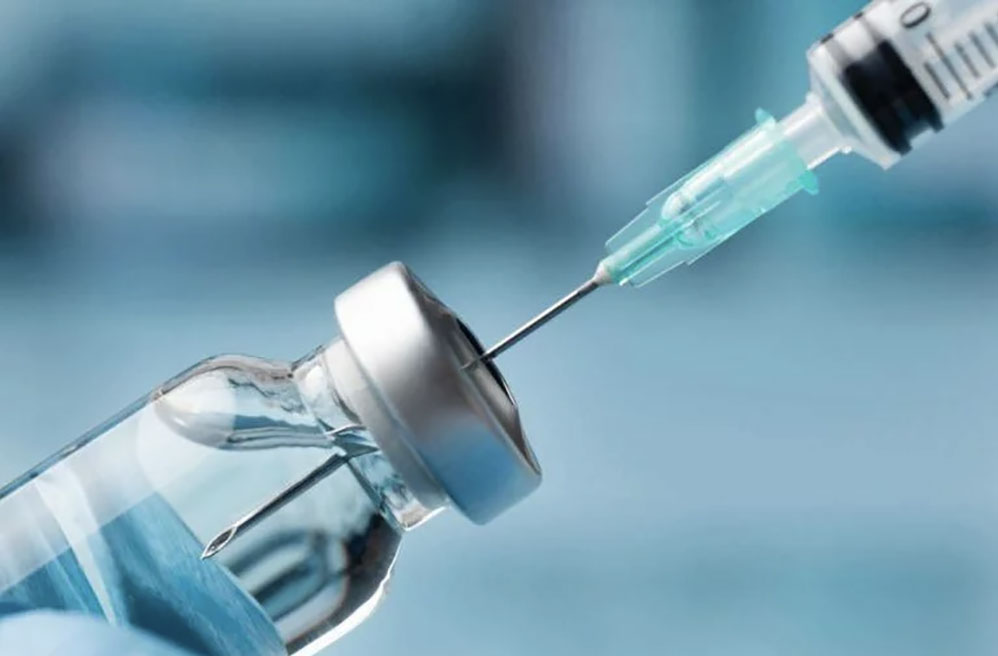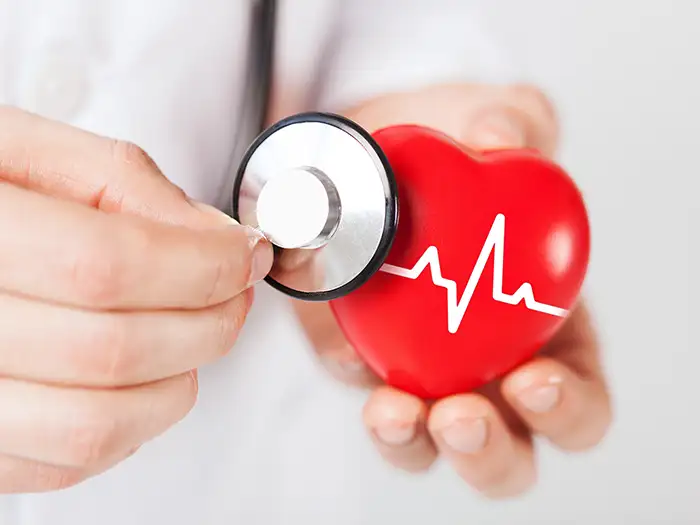It’s no secret that as we get older, our responsibilities grow. These include everything from work and family obligations to mental and physical health considerations. As we enter our 40s and beyond, our risk of certain health issues increases greatly. One of these issues is osteoporosis, a medical condition characterized by a loss of bone tissue. Over time, bones become increasingly weak and brittle. As a result, osteoporosis patients tend to get fractures very easily — even minor physical trauma can cause a fracture.
Osteoporosis affects over 10 million Americans, with women making up 80% of the patients. While the condition is fairly common, it often goes overlooked. This is largely because the symptoms are difficult to detect until osteoporosis reaches an advanced stage.
Unfortunately, there’s no cure for osteoporosis. However, symptoms can greatly improve with treatment. The earlier the condition is caught, the more effective treatment will be. Let’s take a closer look at osteoporosis, the signs to look out for and the available treatments.
Understanding Osteoporosis: Causes and Risk Factors
We’ve established what osteoporosis is, but how does it develop in the first place? There’s no singular cause of osteoporosis — rather, the condition is linked to a number of risk factors.
Age
Your bones are constantly growing. As old bone breaks down, new bone develops. When we’re young, this process happens relatively quickly. However, as we go through our 30s, it begins to slow down. In other words, bone mass starts breaking down faster than it’s made. This means that, the older an adult is, the more likely they are to get osteoporosis. Research shows that osteoporosis affects almost 1/3 of women and 1/5 of men aged 50 and over.
Genetics and Family History
If you have a family member with osteoporosis, you’re more likely to develop the condition yourself. Ethnicity also plays a role. Studies show that white, Asian and Hispanic adults have a higher risk of getting osteoporosis than other ethnic groups.
Gender and Hormonal Changes
As mentioned earlier, women are more likely to get osteoporosis than men. During the natural process of menopause, women experience a decrease in estrogen, a hormone that plays an important role in bone density. Over time, estrogen loss can lower bone strength. Women with smaller frames are at an even higher risk, as they already have less bone mass available. It’s estimated that almost 50% of women will experience a bone fracture due to osteoporosis.
Nutrition and Vitamin Health
It’s recommended that adults receive about 1,000 milligrams of calcium a day. This number increases to 1,200 after the age of 50. Calcium, which is found in foods like tofu, salmon and leafy vegetables, is essential to bone density and strength. As you consume calcium, it’s absorbed by the body with the help of vitamin D. People with low calcium and vitamin D levels are thus at a higher risk of developing osteoporosis.
Medications
Certain medications can disrupt the body’s bone growth process, consequently preventing the healthy formation of new bone mass. Generally, this side effect is linked to corticosteroid medications. Osteoporosis has also been associated with drugs used to treat seizures, cancer and gastric reflux.
Smoking and Lifestyle Habits
Research shows that tobacco smoke lowers both bone mass and bone mineral density (BMD). By making bones weaker, smoking increases the risk of osteoporosis. Other lifestyle habits that have been linked to osteoporosis include a lack of exercise and excessive alcohol use.
Spotting the Signs of Osteoporosis
Now that you know the risk factors for osteoporosis, the next step is reviewing the symptoms. As discussed earlier, osteoporosis is very difficult to detect in the early stages. Once the condition sets in, it may cause the following symptoms:
- Loss of height and poor posture
- Back and joint pain
- Easy, quick fractures
- Dental problems, such as tooth loss
If you suspect osteoporosis, it’s important to notify your doctor.
Seeking Medical Help for Osteoporosis
The first step to treating osteoporosis is getting diagnosed. Generally, osteoporosis is diagnosed during routine screenings. You don’t have to experience symptoms of osteoporosis to get screened — you can request a screening if you fit any of the risk factors. Here’s what you can expect during the appointment:
- Questions: Your doctor may ask about symptoms, your family’s medical history and lifestyle habits.
- Physical exam: During the physical exam, your doctor will check for changes in height, posture and muscle strength.
- BMD scan: To officially diagnose osteoporosis, most doctors will conduct a bone mineral density scan. The most common version is a dual-energy x-ray absorptiometry (DXA), which involves passing x-rays over your body.
Depending on the results of your test, your doctor may recommend certain treatments and prevention tactics.
Osteoporosis Treatments
Since there’s no official cure for osteoporosis, treatment usually involves minimizing and managing the symptoms. To do this, most patients employ a combination of at-home and professional treatments.
Lifestyle Changes
You can minimize the risk of bone fractures by following these lifestyle habits:
- Eating a balanced, calcium-rich diet
- Getting enough vitamin D
- Exercising regularly (especially exercises linked to bone health, such as weight-bearing or resistance training)
- Avoiding smoking
- Reducing alcohol consumption
In addition to maintaining a healthy lifestyle, it’s helpful to implement fall prevention strategies. These include removing fall hazards and clutter, wearing shoes or non-slip footwear indoors and installing grab bars and handles. Making these small changes can greatly reduce the risk of a serious fracture.
Medication
While lifestyle changes are helpful, they cannot fully prevent osteoporosis symptoms. For the most effective results, they should be paired with professional treatment, such as medication. These are several medications approved for osteoporosis treatment in the United States. To learn more about which medication is right for you, speak to your doctor.
Physical Therapy
Physical therapy focuses on improving bone strength through regular movement and exercise. Along with certain exercises, a physical therapist may use massages, electrical stimulation and heat or cold therapy. By building bone strength, you can reduce the risk of fractures.
Hormone Therapy
Post-menopausal women who experience osteoporosis due to estrogen loss may benefit from hormone replacement therapy (HRT). As the name suggests, HRT is a medical treatment that involves replacing the estrogen lost during menopause. At Hormonally Balanced, we have an all-female team of practitioners who create customized hormonal treatments for women. Not only can we help manage osteoporosis symptoms, but our treatments may also assist with the side effects of menopause.
Other Resources for Osteoporosis
In addition to physical treatment, patients may benefit from the following resources:
Mental Support
Osteoporosis doesn’t just affect physical well-being — it also takes a toll on mental wellness. It’s common for osteoporosis patients to feel frustrated, afraid or lonely. To help deal with the emotional aspect of diagnosis, many patients join osteoporosis support groups. These groups give individuals a chance to connect with other osteoporosis patients, share advice and gain emotional support.
Educational Resources and Research
Whether osteoporosis is affecting you or a loved one, it’s helpful to stay informed about the condition. The Bone Health & Osteoporosis Foundation (BHOF) offers educational resources on everything from the latest osteoporosis research and treatments to advice for preventing fractures.
Overcoming Osteoporosis and Improving Your Health
Nobody wants to get osteoporosis. Unfortunately, for many people, the condition is unavoidable. This is especially true for women in their 50s or older — the hormonal changes associated with menopause are a major cause of osteoporosis.
While you can’t fully prevent osteoporosis, you can lower your risk of bone fractures by making lifestyle changes, looking out for risk factors and getting routine screenings. If you suspect osteoporosis or are interested in hormone therapy, reach out to your doctor. Catching the condition early is key to successful treatment.






